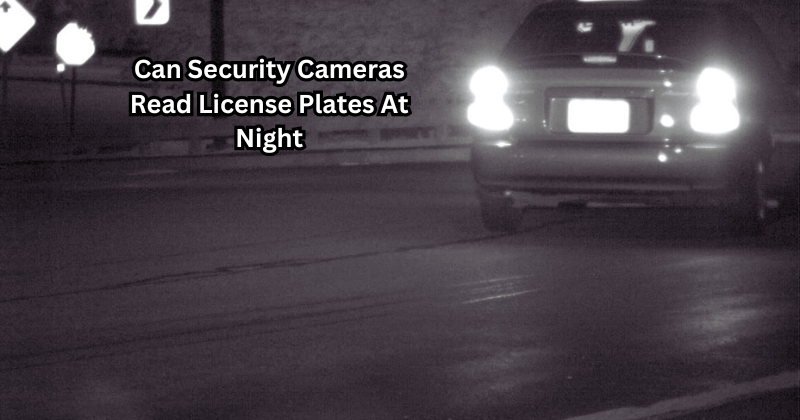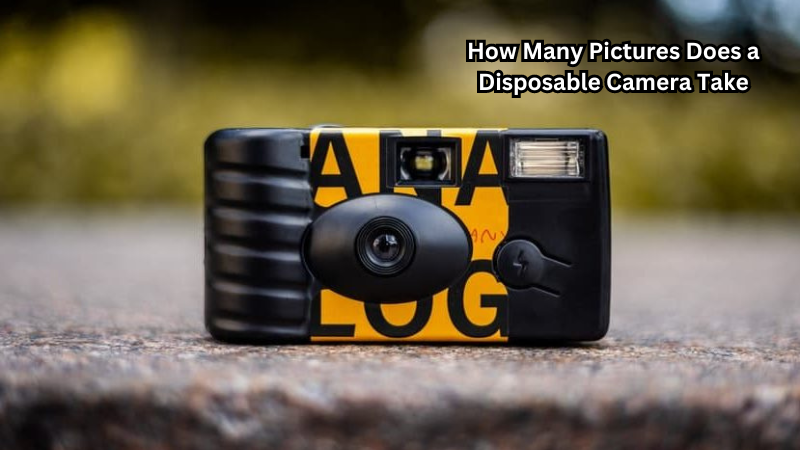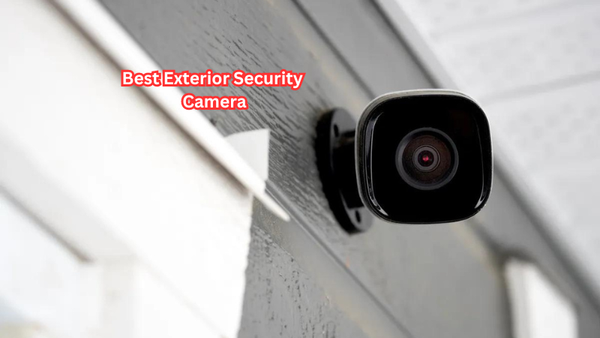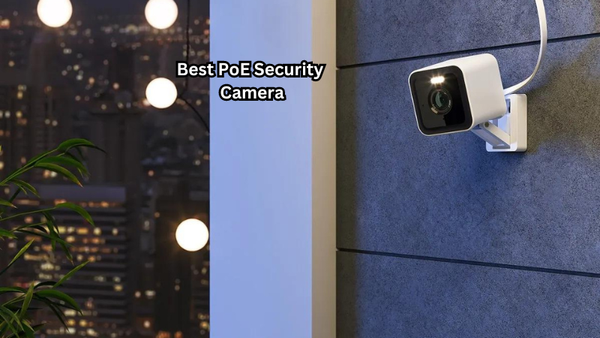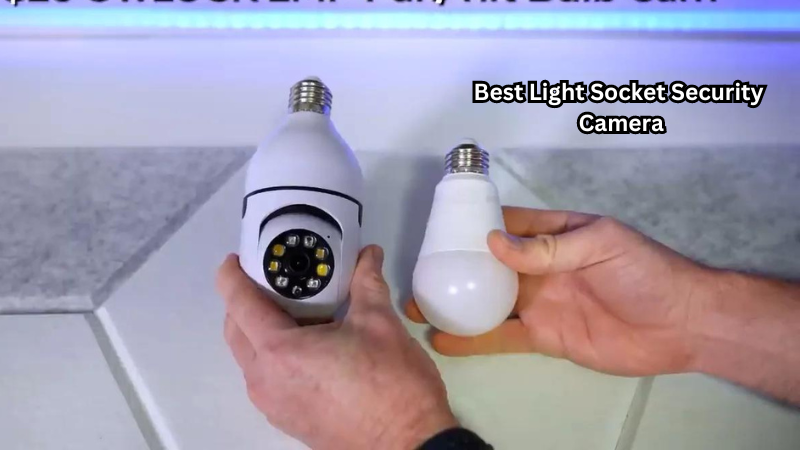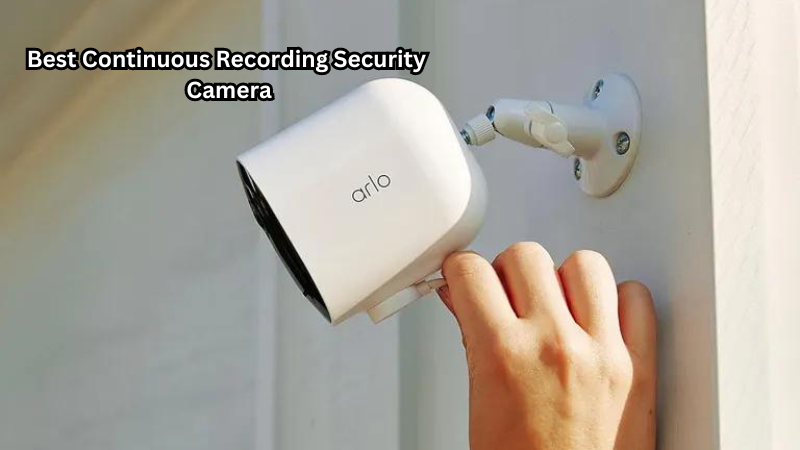Enter the world of nocturnal surveillance as we shed light on the intriguing query: "Can security cameras read license plates at night?" The realm of license plate recognition technology poses a unique challenge after sundown, where ambient light levels dwindle, and traditional imaging struggles to capture clear details.
The ability of security cameras to decipher license plates in low-light conditions hinges on advanced features like infrared illumination, high-resolution sensors, and specialized software algorithms.
Join us as we navigate through the complexities of nighttime plate reading, explore the factors impacting readability, and uncover the innovative solutions paving the way for accurate and reliable license plate recognition under the cover of darkness.
Understand the Technology Behind License Plate Recognition
Before we delve into the specifics of nighttime plate reading, it's essential to understand the technology at play. License plate recognition (LPR) systems use cameras and software to capture images of license plates, extract the characters, and convert them into text data that can be searched against databases.
This process is also known as automatic number-plate recognition (ANPR). LPR systems have a wide range of applications, including law enforcement, toll collection, parking management, and access control.
The Challenges of Nighttime Plate Reading
As the sun sets and darkness descends, traditional security cameras struggle to capture detailed images, let alone decipher license plates. This is due to a variety of factors such as lack of sufficient lighting, poor camera positioning, low-resolution sensors, and motion blur caused by moving vehicles.
Infrared illumination offers a popular solution to this problem by providing artificial light that is invisible to the human eye but can be detected by cameras equipped with infrared sensors. However, even with infrared lights, challenges still persist in accurately reading license plates at night.
Can Security Cameras Read License Plates At Night?
The answer is yes and no. It ultimately depends on the specific camera setup and environmental conditions. While advanced security cameras with infrared illumination have significantly improved nighttime plate reading capabilities, there are still limitations to what they can achieve in low-light scenarios.
Moreover, factors such as the angle of the camera and speed of the vehicle also play a crucial role in successful nighttime plate reading. For example, if a camera is positioned at an extreme angle or the vehicle is moving too quickly, it can result in distorted images that make it difficult to accurately read license plates.
Factors Impacting License Plate Readability at Night
Now that we know it is possible for security cameras to read license plates at night, let's dive deeper into the factors that can impact the readability of those plates. These include:
- Distance: The farther away a vehicle is from the camera, the more challenging it becomes to read its license plate. This is because the angle of view decreases as distance increases, resulting in a smaller and less detailed image of the plate.
- Camera Positioning: The positioning of the camera plays a critical role in nighttime plate reading. If the camera is not angled properly or has obstructions such as tree branches or street signs in its field of view, it can hinder accurate plate recognition.
- Speed: Fast-moving vehicles can be difficult for security cameras to capture clearly, resulting in blurred images that are challenging to interpret.
- Weather Conditions: Adverse weather conditions such as rain, fog, or snow can significantly impact the readability of license plates at night. These elements can obstruct the camera's view and cause glare, making it difficult to capture clear images.
- Camera Quality: The quality of the camera itself is also a crucial factor in nighttime plate reading. High-resolution sensors, infrared illumination, and specialized software algorithms all contribute to improving the camera's ability to capture clear and accurate images of license plates.
These are just some of the factors that can impact the ability of security cameras to read license plates at night. By understanding and addressing these challenges, innovative solutions have been developed to improve nighttime plate reading capabilities.
Innovative Solutions for Nighttime Plate Reading
To overcome the challenges posed by traditional security cameras in reading license plates at night, several innovative solutions have emerged in recent years:
- High-resolution sensors: Cameras equipped with high-resolution sensors can capture more detailed images even in low-light conditions, making it easier to read license plates at night.
- Advanced infrared illumination: Infrared lights provide artificial light that is invisible to the human eye but can be detected by cameras, improving image quality and making it easier to decipher license plates at night.
- Integrated software algorithms: Specialized software algorithms have been developed to enhance image processing and recognition capabilities, resulting in more accurate plate reading.
- Intelligent camera positioning: With advancements in technology, security cameras now come with intelligent features such as auto-tracking and pan-tilt-zoom (PTZ) capabilities, allowing for better camera positioning and improved nighttime plate reading.
Applications of License Plate Recognition Camera at Night
The ability to accurately read license plates at night opens up a world of possibilities for various industries and applications, including:
- Law Enforcement: LPR cameras equipped with infrared illumination can help law enforcement agencies in identifying stolen vehicles, tracking suspects, and enforcing traffic laws at night.
- Toll Collection: Toll booths can use LPR cameras to capture license plate numbers and charge drivers accordingly, even during nighttime hours.
- Parking Management: With the help of LPR cameras, parking facilities can monitor vehicle entry and exit times and enforce parking regulations after dark.
- Access Control: LPR systems can be used for access control at facilities such as gated communities or parking garages, allowing for secure entry and exit of vehicles even during the night.
- Traffic Monitoring: LPR cameras can provide valuable data for traffic management and monitoring, including identifying congested areas and tracking vehicle movements at night.
These are just a few examples of how license plate recognition cameras at night can be beneficial. As technology continues to advance, we can expect to see even more innovative applications for these cameras in the future.
Tips for Improving License Plate Readability at Night
If you are considering implementing LPR cameras for nighttime plate reading, here are a few tips to improve their effectiveness:
- Regular Maintenance: Ensure that the cameras and infrared illuminators are regularly maintained and free of dirt or debris that can hinder their performance.
- Proper Camera Positioning: Make sure the cameras are angled correctly and have unobstructed views of license plates.
- Adjustable Illumination Levels: If your camera has adjustable infrared illumination levels, experiment with different settings to find the most optimal one for your specific environment.
- Upgrade to Advanced Cameras: Consider upgrading to newer, high-resolution cameras with advanced software algorithms for better nighttime plate reading.
- Consider External Lighting: In some cases, adding external lighting such as streetlights or floodlights can significantly improve the readability of license plates at night.
By following these tips and staying up-to-date with advancements in technology, security professionals can ensure that their LPR cameras are functioning optimally and providing accurate and reliable results even in low-light conditions.
FAQs
Can security cameras read license plates at night?
Yes, security cameras can read license plates at night if they have night vision capabilities. Modern security systems, including license plate recognition cameras (LPR cameras), are designed to capture license plates in low-light conditions, ensuring accurate identification.
What are license plate recognition cameras and how do they work?
License plate recognition cameras (LPR cameras) are specialized security cameras designed to record license plates. They use advanced imaging technology and infrared lighting to capturing license plates clearly, even at night. These cameras are commonly integrated into existing security systems for enhanced monitoring.
How effective are license plate capture cameras at night?
License plate capture cameras are highly effective at night when they are equipped with night vision capabilities. These cameras use infrared light to illuminate the license plates, allowing them to capture clear images regardless of the lighting conditions, making them essential for modern security systems.
Can existing security systems be upgraded to include license plate cameras?
Yes, existing security systems can be upgraded to include license plate cameras. Adding license plate reader cameras or license plate capture cameras with night vision capabilities can significantly enhance the system’s ability to capture and record license plates accurately, both day and night.
What features should I look for in a license plate camera for night use?
When choosing a license plate camera for night use, look for features such as high-resolution imaging, infrared lighting, and night vision capabilities. These features ensure that the camera can effectively capture license plates in low-light conditions. Modern security systems often include these advanced cameras to provide comprehensive surveillance.
Conclusion
In conclusion, the quest for license plate readability under the cloak of darkness unravels a captivating blend of technological advancements and operational challenges.
As we wrap up our exploration into the capabilities of security camera to decipher license plates at night, we recognize the critical role of specialized features such as infrared lighting and high-resolution sensors in enhancing nocturnal surveillance effectiveness.
While limitations persist due to varying lighting conditions and camera specifications, continuous innovation in imaging technology offers promising solutions for improving nighttime plate recognition accuracy. Embracing this journey underscores the dynamic evolution of surveillance systems, driving towards heightened security and operational efficiency even in the darkest hours.
